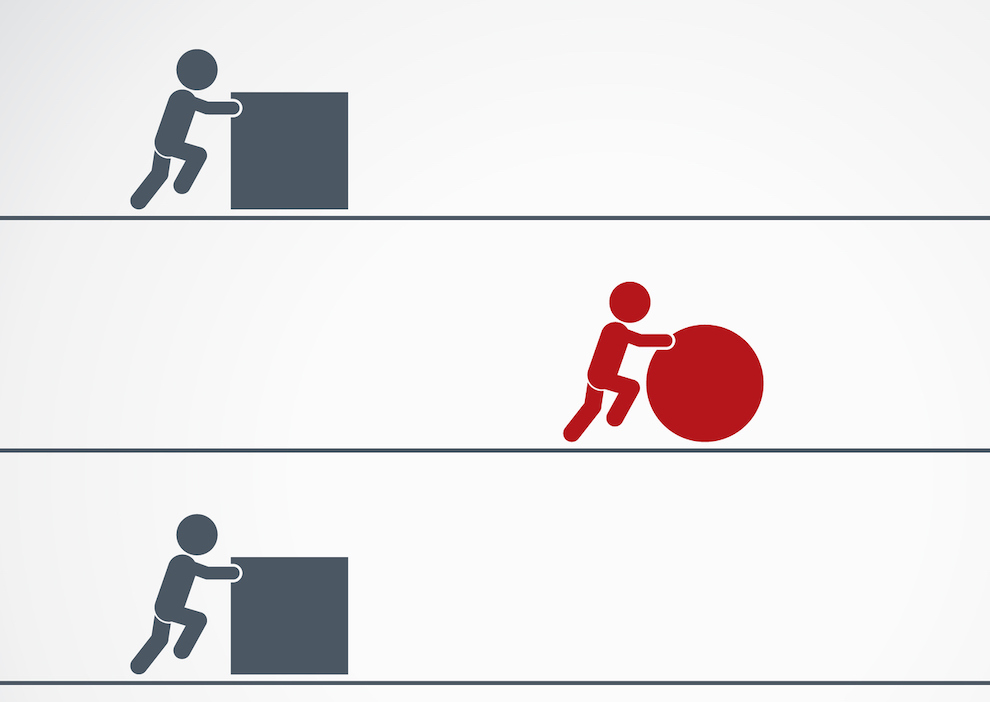Marketing research, data quality and faster decision-making
Editor’s note: Lauren Hill is lead researcher, Chick-fil-A, Inc., Atlanta.
How many times have your clients asked for results ASAP? But you can’t sacrifice quality to deliver the results faster. In this article we’ll explore tips and tradeoffs to execute and deliver quality research studies without sacrificing speed.
We’re all being asked to do researcher better, cheaper, faster. But quality research answers key questions, is consultative and it’s timely. Afterall, we are equipping stakeholders that are making key business decisions every day.
Ever heard any of the following?
- Is there any way you can deliver results in two weeks?
- I just want to do a focus group!
- We don’t need those questions. I’m only concerned with these attributes.
- Can we skip [insert recommended methodology] and go straight to restaurant/stores/market?
While these questions and statements can be frustrating there’s a key point behind them. Our stakeholders see value in research, they’re just crunched by constraints and the necessity for faster decision-making, which trickles down to us as researchers.
Our partners/stakeholders and organizations are up against smaller budgets, shorter lead times, increased competition and capacity constraints. These are competing priorities for all of us.
As we encounter these constraints there are tools and techniques, we can use to mitigate those constraints and better equip our partners and stakeholders. So, what can we as researchers manage to do to overcome these constraints? We can influence the scoping process, approach or research methodology and reporting.
Understanding the problem
Defining the problem thoroughly and correctly at the outset of a project is crucial. Without defining the problem to be solved we run the risk of doing research that doesn’t deliver actionable insights. One of the tools I’ve found helpful for scoping is the five I’s tool. I was introduced to this tool during my time on Target’s Guest Insights team. The five I’s tool helps you better understand the problem and the journey the organization has been on to get to the problem. The five I’s are:
- Issues.
- Implications.
- Impediments.
- Ideas.
- Influencers.
The best way to implement the tool is through stakeholder interviews, which allow you to uncover what the problem is, what can be accomplished, what is in our way and potential solutions. Aligning on primary objectives and certainly what’s out of scope informs the approach.
There’s a sense of familiarity that sometimes leads our stakeholders to prescribe methodology. Using our expertise and a consultative approach allows us to advise our partners on the best methodology as well as educate them on the tradeoffs and benefits. Sometimes the approach requires iteration and other times it may be approaching the project in phases. In my experience many research organizations are operating under a larger organizational innovation process. This process allows for refinement after each stage to ensure the final product will be successful in the market. When that refinement or iteration is circumvented researchers are forced to modify the approach. In the moment it seems like it advances the project but ultimately it can slow down the innovation process because you must go back and redo research often under even tighter time constraints.
How can we work around this? The strongest way is truly advising our stakeholders on tradeoffs and, when time and budget constraints are high, using a phased approach to break the project into a progressive sequence that allows stakeholders to continue working toward milestones.
When stakeholders don’t have time to wait for research

Quality research is timely! Our stakeholders must make decisions faster than ever and many times with limited information. But I’d argue that having a portion of the insights is better than nothing at all. Hear me say this: the full story is important. Stakeholders need insights to meet product launch milestones, including longer lead times for things like raw materials or marketing campaign commitments. Sometimes providing topline data allows stakeholders to influence secondary phases of a product launch or have the confidence to make a go/no go call. Our stakeholders don’t always have time to wait.
Providing topline data or prioritizing data analysis and reporting on a target group as quickly as possible may help resolve this tension. The fastest path may not yield quality results. One of my colleagues says, “Sometimes going fast means going slow” and it always helps me remember innovation is an iterative process and we need to honor it.
